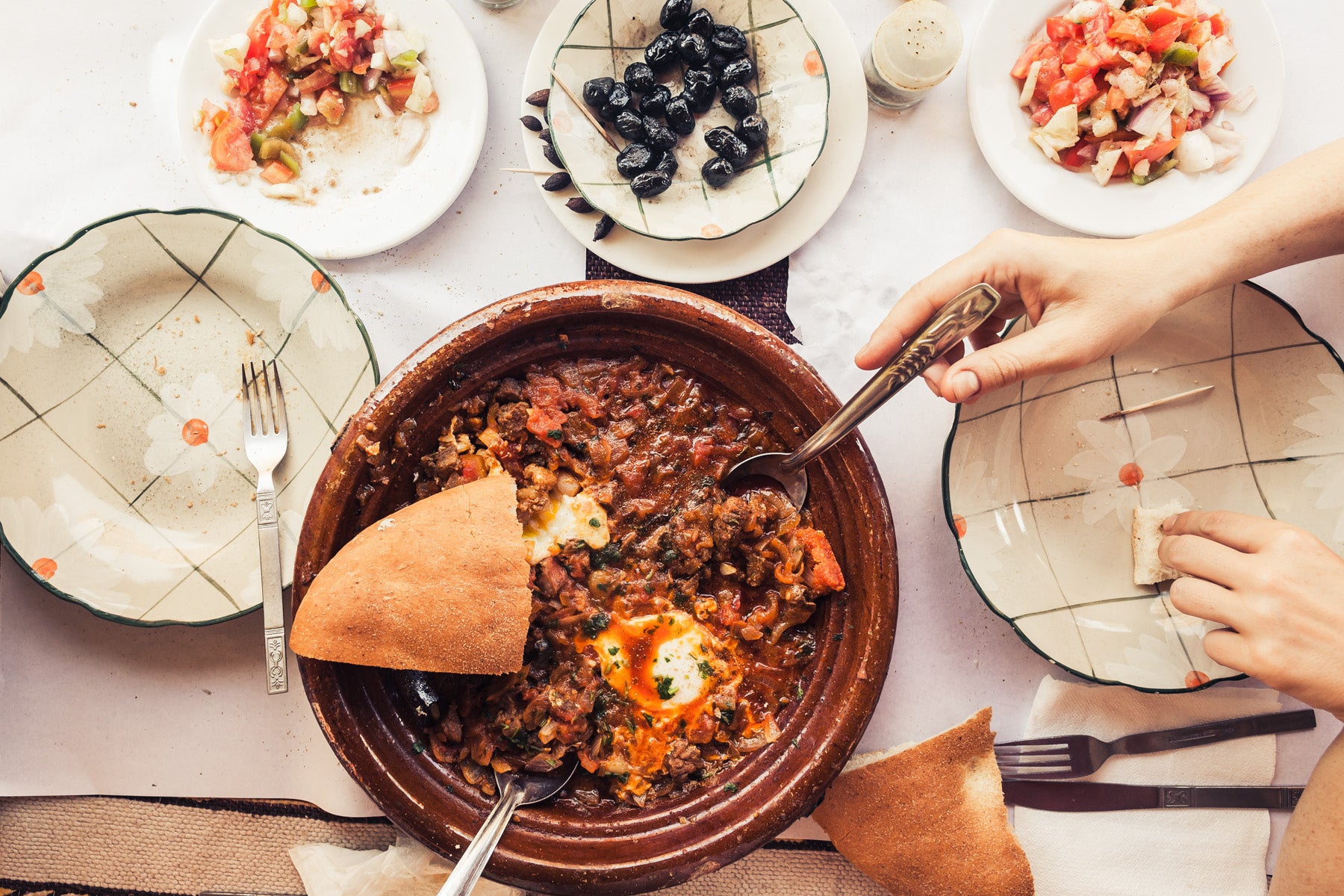Eid al-Adha 2018: The best foods consumed around the world for the Muslim celebrations
From maqluba to ma'amoul

Your support helps us to tell the story
From reproductive rights to climate change to Big Tech, The Independent is on the ground when the story is developing. Whether it's investigating the financials of Elon Musk's pro-Trump PAC or producing our latest documentary, 'The A Word', which shines a light on the American women fighting for reproductive rights, we know how important it is to parse out the facts from the messaging.
At such a critical moment in US history, we need reporters on the ground. Your donation allows us to keep sending journalists to speak to both sides of the story.
The Independent is trusted by Americans across the entire political spectrum. And unlike many other quality news outlets, we choose not to lock Americans out of our reporting and analysis with paywalls. We believe quality journalism should be available to everyone, paid for by those who can afford it.
Your support makes all the difference.This year, Eid-al-Adha falls from 21 to 25 August.
The most important festival in the Islamic calendar - which is also known as the “Feast of Sacrifice” - will see Muslim families exchanging gifts, dressing in their finest embroidered outfits and, of course, eating cultural specialities.
Traditions vary from family to family, but one thing they all have in common is that a delicious feast will be enjoyed.
What do people eat to celebrate Eid al-Adha?
Red meat
Most Muslims will consume red meat in some capacity after an animal is sacrificed - usually lamb, goat or cow. The animal will be divided into three parts, with one part given to the poor, one shared out amongst relatives and the final third cooked and eaten by the family.
The meat is often roasted, barbecued or cooked in a curry.
Maqluba
This traditional dish is popular in Middle Eastern countries - it consists of fried vegetables, meat (usually chicken, turkey or lamb) and rice cooked together in a pot which is then flipped upside down to serve as a large savoury cake.
Curries, tagines and stews
Whether vegetarian or meaty, an Eid al-Adha feast is likely to include an array of curries, tagines or stews depending on the cuisine of where the celebrations are taking place. In Jordan, for example, Mansaf (a traditional Arab dish made of lamb cooked in a sauce of fermented dried yoghurt and served with rice or bulgur wheat) is typically consumed on the first day of Eid al-Adha.
Rice and couscous
From chicken biryani with saffron and sultanas to apricot-spiked couscous, grain dishes are an essential part of an Eid al-Adha celebration and often served to accompany the stews, tagine and curries.
Bolani
In Afghanistan, Bolani is a popular food during Eid - it consists of flatbread stuffed with an array of fillings, from potatoes to green pepper, and is usually baked or fried to create a thin crust, before being served with yoghurt. Afghanistan Eid celebrations tend to be quite child-focussed, and bolani are enjoyed by the whole family.
Ma’amoul
These shortbread-esque cookies are filled with nuts, dates or figs and provide a delicious sweet note on which to end the feast. They’re usually shaped into balls, domes or flat cookies, and plates full of the biscuits are often exchanged between neighbours and relatives as gifts.
Tufahija
A favourite amongst Bosnians, this pudding is made by poaching apples in sugar water, stuffing them with nuts and topping with whipped cream or crème fraîche. It’s usually served in large glass bowls and enjoyed with coffee too.
Lapis Legit
This Indonesian cake (also known as spekkoek) is often made for celebrations - a Dutch legacy from colonial times, it consists of layer upon layer of spiced cake, bursting with cinnamon, cardamom and nutmeg.
Seviyan
In South Asia, seviyan kheer (also known as sheer kurma) is often eaten for breakfast after Eid prayer - it’s made by cooking vermicelli (thin wheat pasta) with butter, milk and sugar, as well as an array of spices, nuts or saffron. The dish is popular at Eid al-Fitr too, where celebrations tend to focus more on sweet rather than savoury foods in contrast to Eid al-Adha.
Join our commenting forum
Join thought-provoking conversations, follow other Independent readers and see their replies
Comments